|
I'm doing some tests with a recipe I found in volume IX of the John Singer Sargent catalogue raisonne published by Yale. This final volume contains an extensive analysis of Sargent's materials and methods written by Rebecca Hellen and Joyce H. Townsend. I highly encourage anyone who's interested in Sargent to check out this series of books.
I'm a purist when it comes to materials because I have tested out a ton of different paints, surfaces, mediums, tools, etc. and always come back to the more old school materials. I've learned that the materials that I use to paint have a pronounced effect on my final work. I also like doing research to learn about some of these methods. The canvas recipe from this book says to apply a heavy layer of size to the linen (canvas and linen are both fabrics used for painting, but the term canvas can be used to describe a linen canvas as well). Size is a glue that acts as an isolating barrier between the oil ground and the fabric. The size is really important because the oil ground would eventually ruin the linen without it. The first layer of size is heated in a double boiler which you can see below and (following the books instructions) I'll apply a second layer of cold size with a palette knife once this first layer dries. Apparently Sargent preferred canvases with this heavy layer of size and two thinner layers of ground. I haven't used this yet, so I'll have to report back with the results; but I am guessing that this heavy size layer will cut down on the absorbency of the ground and allow the paint to sit more on the top layer. I'm not sure if I'll like this so I only made two smaller canvases to test it out. It's all about experimentation and seeing what works. For ground, I use Natural Pigments Rublev Colours lead oil ground. It's a great product and provides a lead surface like what Sargent would have used. I'll report back with the results of this experiment later this week..
0 Comments
Today I lost my fountain pen that I use to write in my journal, so I went looking around my house and couldn't find it anywhere. It's a very special pen for me because it was a gift from my Mom and it has my name engraved on it. Have you ever lost something and it really seems to have vanished? I've had this happen a few times and some things I never found again. I had a sweatshirt from Chicago that I'm still searching for.
So I was searching around my house and looked in a classic spot for lost items: under couch cushions. I was fishing in the crack of the couch and my hand hit something metallic and I got excited for a second. I grabbed it and realized it wasn't my pen, but a pocket knife that I had lost more than 5 years ago. It was a pocket knife that my Dad had bought me from the hardware store and I used it to whittle when I was a kid. I also used it throughout college and I even bought a replacement knife that reminded me of it after I lost the original. It was something that I thought I'd never see again and to see it again was amazing. I also found a quarter in my couch search. I was still bummed that I didn't find my pen so I kept searching. I thought that it'll have to turn up eventually, but I'm not the type of person to stop looking...then it hit me like a bolt of lightning and I remembered where I had left it. It was in the pocket of the pants I wear when I'm painting. My search yielded two finds. Maybe there's some kind of metaphor in this, that we don't know what we'll find when we're searching for something. You might find something completely unexpected. When I lose something it's not so much that I care about the object, but the memories that go along with it seem more fragile without the tangible object. Losing something is worth the feeling of finding it, even if it takes a long time. Had a great day at Ramapo Reservation painting en plein air with Asem, Julian and Angel. I'm making a mental note here to not bite off more than I can chew. My expectations are high and I expect myself to create a great painting too quickly. It takes time, concentration and can't be rushed. it's like trying to finish a book in one sitting, it takes time and consistency. Those are my thoughts for today, have a great Labor Day everyone.
I've been experimenting with thick paint recently and decided to share some of my insight as I continue to explore what works for me. This discussion applies to oil paint specifically. I also think it's relevant to point out that this way of painting requires a lot of drawing practice to pull it off effectively. Two years ago, I took a trip to Spain and saw some works by Sorolla, Sargent and Velázquez which left me speechless. How could I capture that same feeling in my own work? That question rattled around my head ever since that trip. I was recently on an en plein air hike and did a painting that really turned out badly. That bad painting sparked off a re-examination of my process that inspired this blog post. So what was missing? Or rather, what was I doing that I shouldn't have been doing? The main thing I was doing was being timid about my paint application. I was applying passages usually thinned to some degree with OMS. So I was covering the canvas, but there was a lifelessness that resulted as the painting dried. This was also inspired by a recent webinar that I watched, hosted by George O'Hanlon from Natural Pigments. George discussed the problems with solvents and their use in painting, which got me thinking about my process. I've realized: 1. Painting doesn't really begin until the entire surface is covered 2. Paint that's applied straight from the tube can be rubbed thinly without the need for OMS. 3. Thick paint is where the magic happens 4. If you're timid, then it won't work. You need concentration, not fear. Below is this self portrait that I painted today, alla prima, in about 2 hours and you can see that some areas are more thinly applied (background and areas of the shirt), but this effect was achieved without OMS. I don't much care for oil painting that has the watery appearance of solvents, oil paint should be sculptural and strongly applied. As I said, this bolder approach requires a level of draughtsmanship to be successful. For instance, I was working on this painting and noticed that the distances between the eyes, nose and mouth was slightly off. I obliterated the mouth and nose and reestablished them at different distances. I trust my eye and if something feels wrong, then I have no fear in ruining it to rebuild it. However, this can get out of hand and turn into mud very quickly if you don't have a firm command of your drawing. Those are my thoughts for today and I hope it inspires you to paint more boldly. “If you see a thing transparent, paint it transparent. Don’t get the effect by a thin stain showing the canvas through. That’s a mere trick.” – Sargent |
Archives
July 2024
Categories
All
|

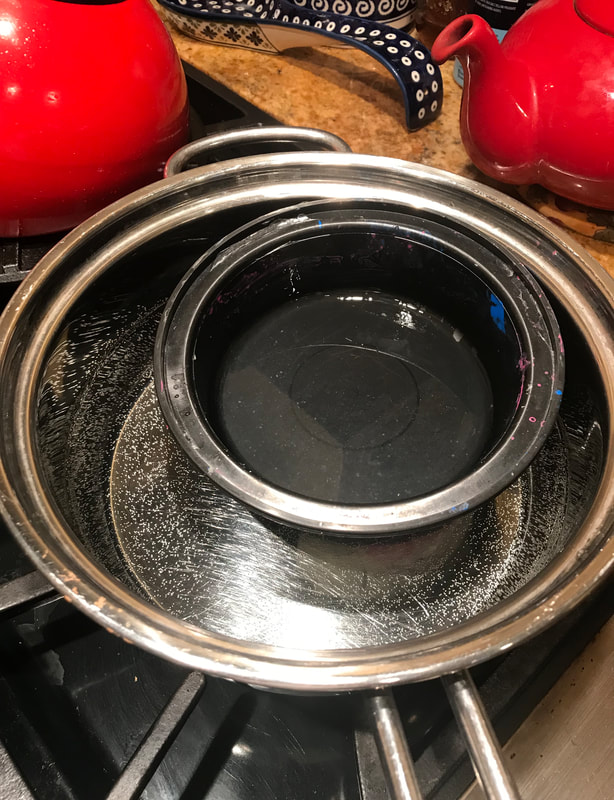
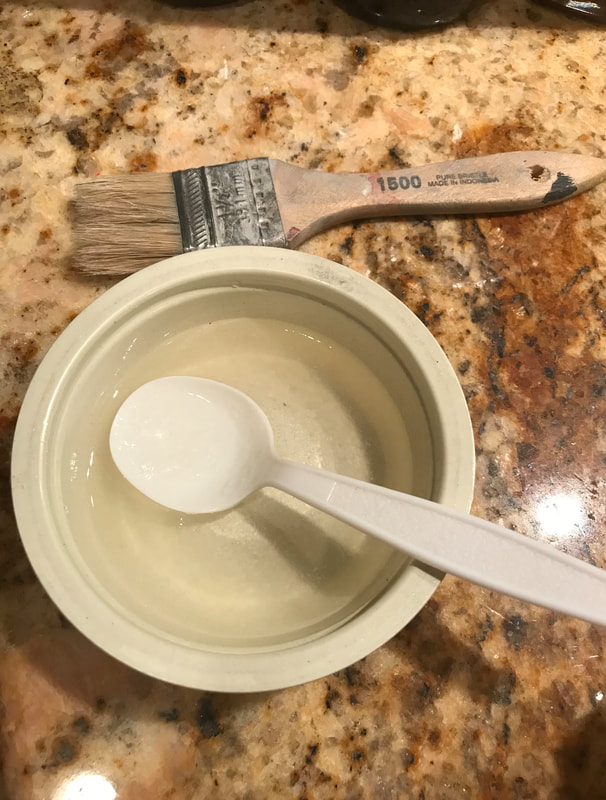
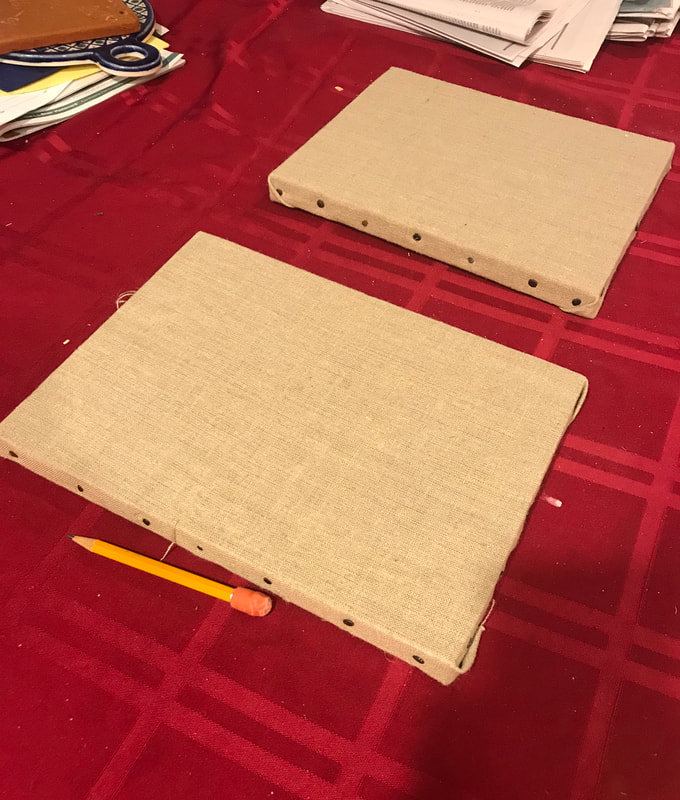
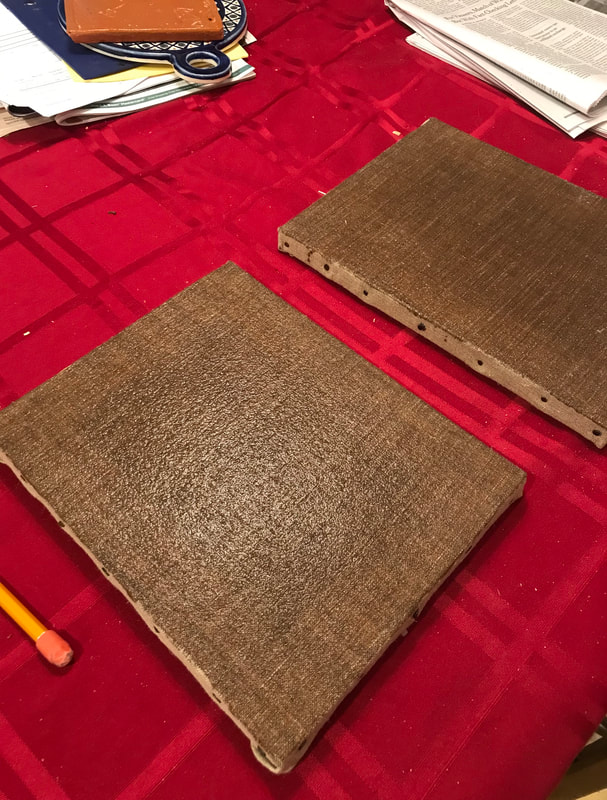
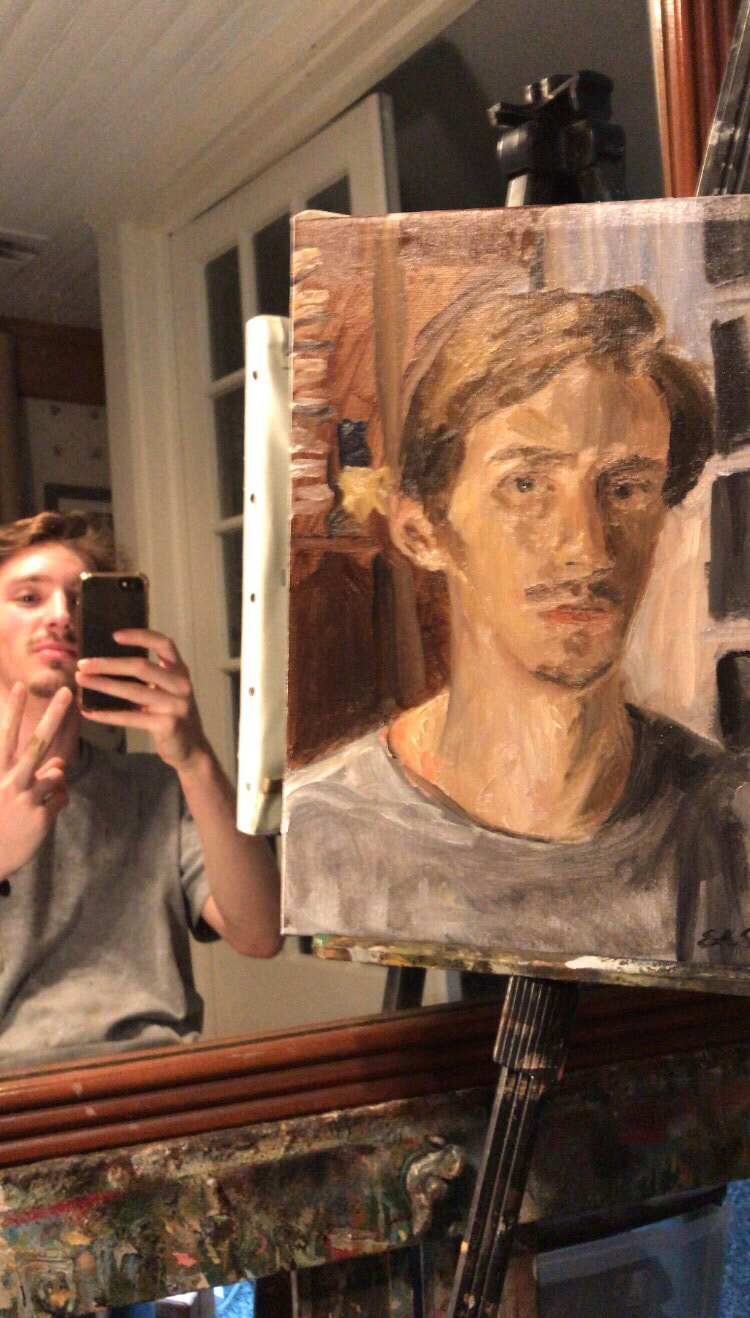
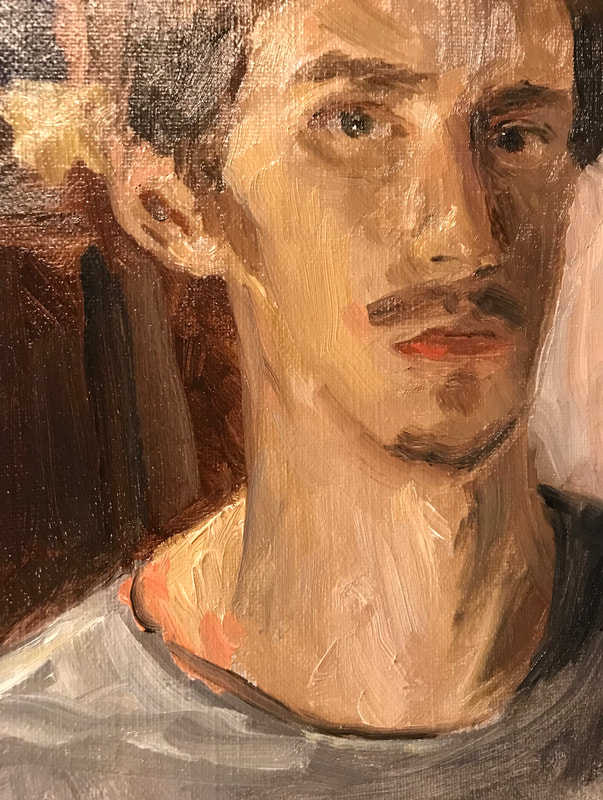
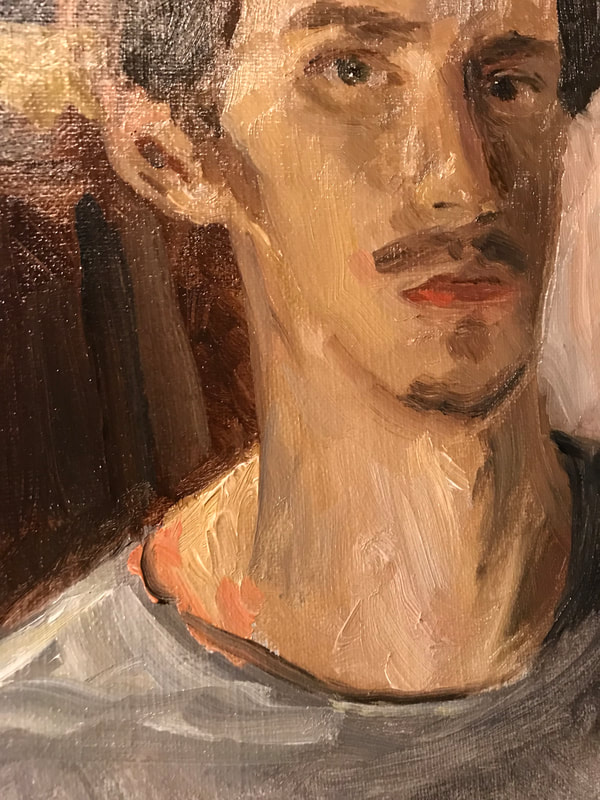
 RSS Feed
RSS Feed